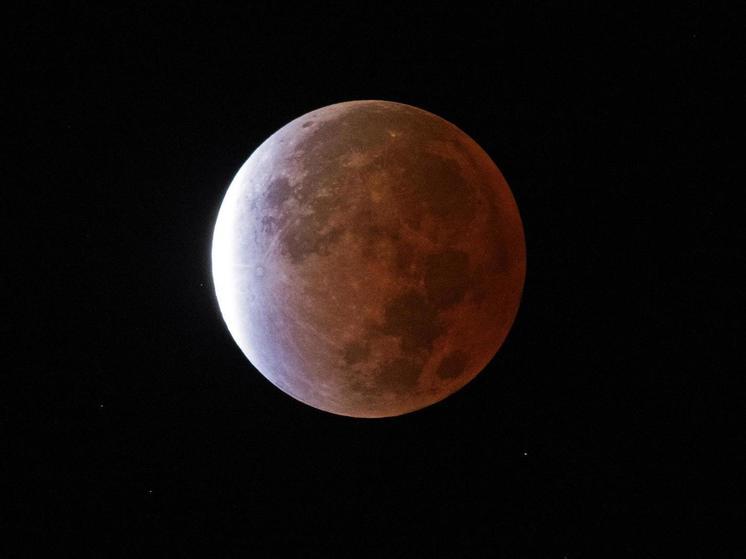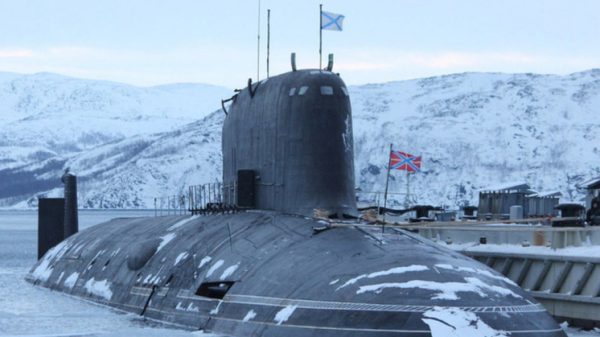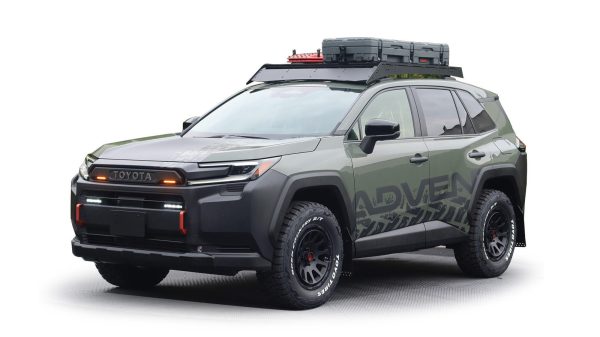Delivering ashes into space costs from 13 thousand dollars
The United States decided to launch a rocket to the Moon with human remains on board. The rocket carries the first lunar module launched from the United States since NASA's last Apollo mission in 1972.

The success of the rocket, developed by Lockheed Martin and Boeing's joint venture called the United Launch Alliance, is critical to the company's future and its desire to deprive SpaceX of its dominance in the commercial launch industry, CNN notes .
The lunar lander, built by a small Pittsburgh company called Astrobotic Technology, could be the first commercially developed spacecraft to make a soft landing on the Moon.
NASA has sponsored the development of a small fleet of such privately owned lunar landers, aiming to use them to secure a U.S. presence on the Moon in the context of a new international space race that began to heat up in 2023.
And while NASA's program doesn't depend on the successful landing of a single lander, this first robotic mission could set the tone and pace for the space agency's renewed efforts to explore the moon by robotic means before it attempts to return astronauts to the lunar surface later this decade.
The Astrobotic Peregrine robotic lunar module is scheduled to launch aboard a ULA Vulcan Centaur rocket from Cape Canaveral Space Force Station in Florida at 2:18 a.m. ET on Monday, January 8.
The latest forecasts showed that there was about an 85% chance that the weather would be clear for takeoff. Backup launch options are also available in the next few days.
Space industry experts, including Astrobotic CEO John Thornton, have compared the odds of successfully landing any spacecraft on the Moon to flipping a coin.
“It really feels like a 50/50 shot at goal approach, where it is more about the success of the industry rather than about any specific mission", – Thornton told CNN in a Jan. 2 phone interview. Still, Thornton added: “We put everything we could into this mission.”
Moon landing – a complex undertaking, notes CNN. If the launch takes place on Monday as scheduled, Vulcan Centaur will will place the lunar module on a flight path to the Moon, placing it in the so-called lunar orbit. This involves a precisely timed launch of the engine, which will launch the Sapsan lander into space. into a trajectory in Earth orbit that would allow it to synchronize with the Moon at a distance of approximately 384,400 kilometers.
From there, about an hour after launch, the Sapsan lander will separate from the rocket and forge its own path, using onboard engines to plot a precise course to the Moon.
After reaching the moon, the Peregrine Falcon, named after the falcon considered the world's fastest flying bird, will spend some time in lunar orbit before attempting to land on February 23.
Target landing site – It's a patch of the moon's near surface that extends several kilometers across, Thornton said, but the lander will test technology that could provide a more precise landing zone on future missions.
The last moments before the spacecraft reaches the lunar surface will be the most decisive. Two failed attempts to land on the moon last year, one by a Japanese company and the other – Russian, foreshadowed difficulties maintaining precise control of the vehicle as it approached for landing, and both attempts resulted in a collision with the Moon.
This mission will mark the first attempt to land on the Moon — robotic or crewed — for the United States over the past five decades, notes CNN.
And the mission comes amid a renewed international push to explore the Moon.
While Japanese company Ispace and Roscosmos failed in their attempts to land on the moon last year, India's Chandrayaan-3 made a safe landing in August. Thanks to this success, India became the fourth country — after China, the former Soviet Union and the United States, — sent a spacecraft to the Moon. So far, in the 21st century, only India and China have made a soft landing on the Earth's satellite, recalls CNN.
The Japan Aerospace Exploration Agency, or JAXA, could make its first lunar landing this month using its Lunar Sniper spacecraft, which has been on the road for months.
But NASA hopes to quickly catch up with the commercially developed robotic landers it sponsors. In addition to Peregrine, the space agency has contracts with Texas-based Firefly Aerospace and Intuitive Machines. The latter could launch its lunar module as early as mid-February.
All of these contracts, which are part of NASA's commercial program to service payloads to the Moon, are aimed at sharply reducing the cost of building a lunar lander — especially compared to the multi-billion dollar effort it took to create the Apollo-era lander.
"Peregrine" and other CLPS landers are designed to be much cheaper, and NASA has agreed to pay its partner companies only one fixed-price contract.
Other robotic lunar missions for CLPS could launch later in 2024, including a golf cart-sized rover aboard another lunar module for Astrobotic called Griffin. This rover will explore the south pole of the Moon in search of water ice — a search that is a key feature of the 21st century space race. Water ice could be used to support colonies for future astronauts or converted into rocket fuel for trips deep into space.
The cornerstone of NASA's lunar efforts will be to enable humans to return to the surface as part of the Artemis program. NASA plans to send astronauts to the Moon as early as late 2024, before returning humans to the surface later this decade.
To carry out this mission, the Astrobotic “Sapsan” is heading towards a lunar region called Sinus Viscositatis, otherwise known as the «Gulf of Stickiness.» The name, CNN explains, is a tribute to the nearby Gruithuizen domes, a unique lunar feature that scientists suspect was formed by sticky magma.
The Sapsan lander will carry 10 science payloads, five of which are NASA-sponsored experiments. They include two instruments that will monitor radiation conditions, “helping us better prepare to send crewed missions back to the Moon”” said Paul Niles, project scientist for NASA's commercial lunar payload servicing program, during a press briefing Thursday.
Other instruments sent by the space agency will analyze the composition of lunar soil, looking for water and hydroxyl molecules. NASA will also study the ultra-thin atmosphere of the Moon.
Thornton said that the Sapsan apparatus will operate on the lunar surface for about 10 days until the region enters lunar night, a period when it will be too cold for instruments to operate.
While NASA is the mission's primary financial backer, the space agency is only one of participating customers.
Also on board the Peregrina there will be scientific experiments and commercial cargo from other countries, including Germany, Mexico and the UK.
For example, Astrobotic worked with German shipping company DHL to deliver small souvenirs into space, including “photos and novels for student projects and a piece of Mount Everest.”
Notably, Peregrine will also transport human remains on behalf of two commercial space burial companies — Elysium Space and Celestis — a move that drew opposition from the Navajo Tribe, the largest Native American group in the United States. That group argues that allowing the remains to land on the lunar surface would be an affront to many indigenous cultures that consider the moon sacred. Celestis has offered to take ashes to the moon for a price starting at about $13,000, according to its website.
Thornton, Astrobotic's CEO, told CNN that the landing attempt would be a surreal moment — the culmination of 16 years of work by the company's employees.
He noted that the most difficult obstacle to overcome during Astrobotic's journey was convincing people that the Pittsburgh-based company of fewer than 300 people could even create lunar lander. “We had a lot of people doubting us and laughing at us along the way, ” he said. But Thornton hopes success will lead to a booming lunar economy, helping NASA achieve its goals while also inspiring the commercial sector to pursue opportunities on the Moon.





















































Свежие комментарии